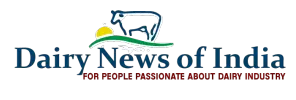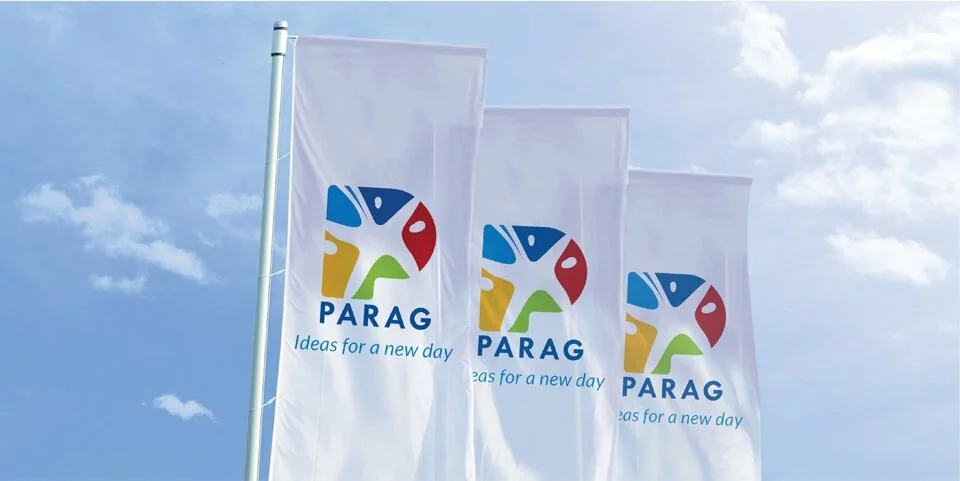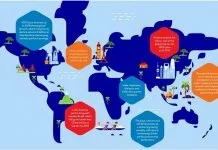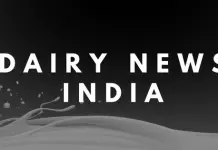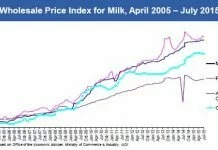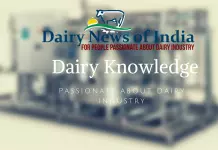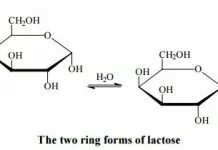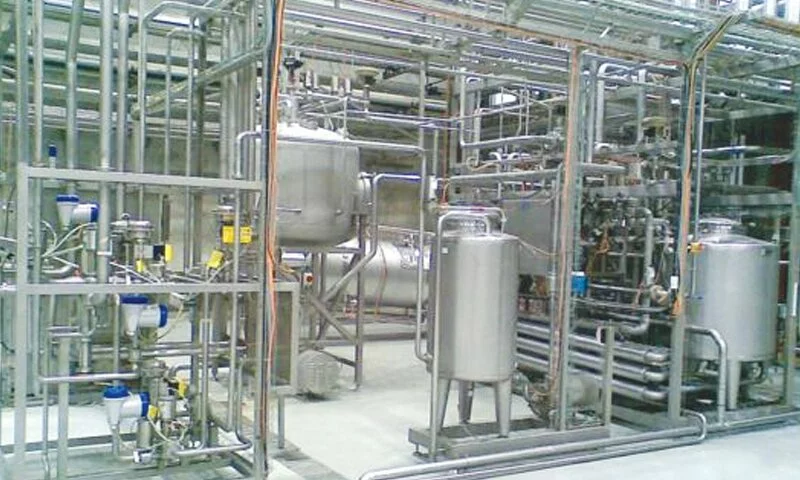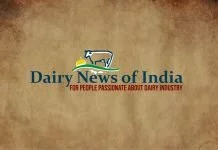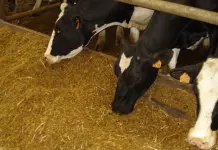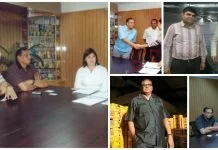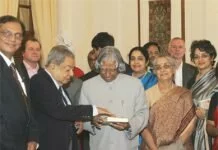Source: dailypioneer.com
Artificial insemination, introduced in India for the genetic improvement of cows, can change the face of dairying, as lesser female cows will be sent to become beef
Most of the cows and buffaloes in India are bred for their milk and not for the table. The term ‘beef’ is also applied to a buffalo, though buffalo meat is called carabeef and, in parts of India, it is called buff meat. Meat exported from India comprises mainly of buffalo meat.
No religious sentiment is attached to eating buffalo meat, and buffalo slaughter does not come under the Act of cow slaughter. On the other hand, young bull calfs are usually left to starve, as farmers cannot bear the expense of maintaining them. Bulls are not covered under the act of cow slaughter, except in Maharashtra, so they are sold off. When cows and buffaloes have ended their productive milk yielding life, poor farmers often sell them. This also means that they are possibly not good to be eaten. Indigenous consumption of beef in various forms is not well tracked.
There is a strong sentiment among small farmers, against the selling of cows or buffaloes for slaughter, as farmers have a personal attachment to them. They often name their cows, converse with them and decorate them; but farmers have little choice and most of them are poor. If farmers had a choice, they would possibly not send their cows for slaughter.
Thus, in India, it is predominantly the female, of both cows and buffaloes, which is useful. Conventionally, artificial insemination provides a 50 per cent chance of a female calf. In 2004, a Texas-based biotechnology company Sexing Technologies, which holds a worldwide monopoly, made it possible for a 90 per cent chance to have a female calf. Since then, Indian commercial dairy farmers have been importing semen straws for Holstein, Jersey cattle and other foreign breeds for artificial insemination of their cows.
The BAIF Development Research Foundation, (formerly known as Bharitiya Agro Industries Foundation) a pioneer cattle breeder, mainly for indigenous breeds in India, since the late 1960s, has been funded by the Bill & Melinda Gates Foundation, to start sexed semen sorting operations. Sexing Technologies agreed to locate production facilities at BAIF in Pune understandably under their control. This has helped BAIF solve a lot of logistical issues, as the semen used is procured in India.
This technology, which is being used on indigenous cattle since January this year, can change the face of Indian dairying. At present, the technology is only for cows, but it can be calibrated for buffaloes as well. Currently, the sexed artificial insemination straws being made at BAIF costs 10 times the unsexed straws; the conception rate of sexed semen straws is lower and the average cost of conception is `4,500, compared to `300 conventionally and the cow has to be fed for nine months, before calving adding to the costs. Whatever be the costs, a female calf will not be sent to become beef.
There are roughly 50 million indigenous cows and the same number of buffaloes in the country, and about 12 million mixed bred cows. However, the buffaloes produce more than 50 per cent of the marketable milk and mixed breed cows are much more productive than the indigenous cows. This means that there is scope for huge improvement in total yields of milk from indigenous cows.
Widespread use of this sexing technology will result in a tidal wave of milk and will drown indigenous demand, so the project would have to introduce different uses of milk and promote exports other than milk powder which is India’s main export today. At the same time, it will produce more useful milch cows than bulls.
Comments
comments
